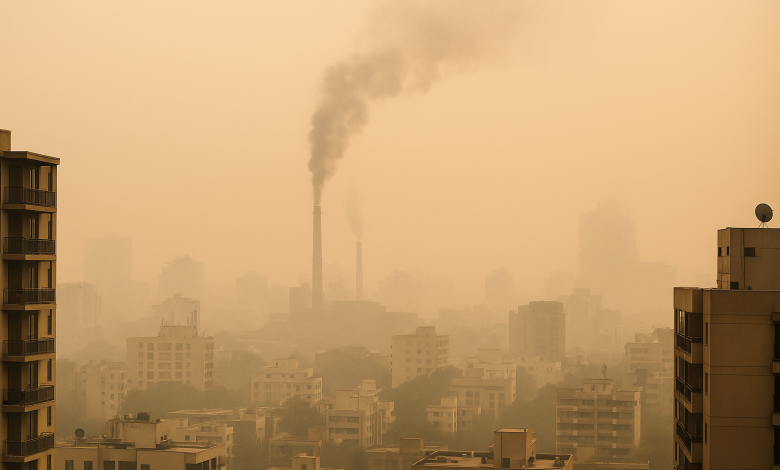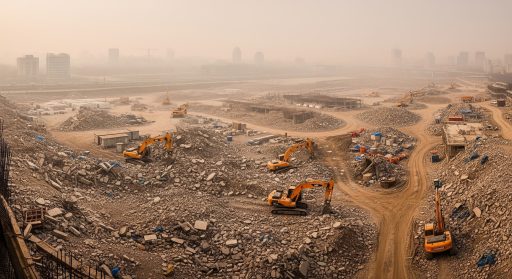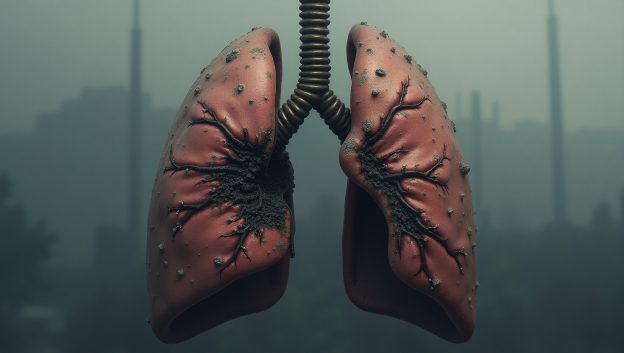Air quality: Why PM2.5 and PM10 Are a Critical Health Concern

Air quality remains a pressing global challenge that impacts virtually every country, yet the myriads of contaminants drifting overhead do not all present identical risks.
At the top of the hierarchy of concern stand the classes of particulate matter known as PM10 and PM2.5.
Both sets of particles can penetrate the body’s natural defensive barriers, but a closer examination of their size reveals why smaller PM2.5 has emerged as the greater public health villain of the two.
This article aims to demystify these airborne nuisances by tracing their origins, elucidating their routes of entry into the respiratory system, and summarizing the health outcomes they are most likely to provoke.
It will also canvass existing practical measures, from individual behaviors to regulatory initiatives that can help reduce everyday exposure.
Air quality concerns: What Are We Breathing?
Particulate matter, commonly abbreviated as PM, is an airborne cocktail of tiny solid and liquid materials suspended in the atmosphere.
Its components and origins are diverse, yet researchers generally highlight two main size classes as the most concerning from a public health perspective.
The first category, PM10, encompasses coarse particles with diameters measuring 10 micrometers or less.
The second, PM2.5, includes even finer particles that are 2.5 micrometers or smaller. For context, a typical human hair is roughly 50 to 70 micrometers wide, illustrating just how small these particles really are.
Size alone accounts for much of the risk. PM2.5 is, in fact, a subset of PM10, yet its smaller dimensions enable it to reach the deepest parts of the lungs and, in some cases, slip directly into the bloodstream.
As a result, PM2.5 can travel beyond the respiratory tract and affect multiple organ systems, making it the more perilous of the two.
Both types are harmful, but PM2.5 is the particle that most often eludes the body’s natural defenses, leading to chronic inflammation and a range of cardiovascular and pulmonary diseases.
Air quality culprits, Where Does It All Come From?
Understanding the sources of PM10 and PM2.5 helps explain why these pollutants persist in our environment and why different regions face varying levels of exposure.
Sources of PM10
PM10 particles primarily originate from processes that generate larger particles through physical action:
These bigger and rough particles tend to settle out of the atmosphere more quickly than their smaller counterparts, often creating localized pollution problems near their sources.
Sources of PM2.5
PM2.5 particles stem primarily from combustion processes and chemical reactions in the atmosphere:
Because PM2.5 derives primarily from combustion sources, these fine particles frequently carry a cocktail of toxic components including heavy metals, polycyclic aromatic hydrocarbons, and various organics that extend the risk profile beyond the lung injury typically associated with their sheer physical presence.
Why Air Quality and Particulate Size Matter
The respiratory system has developed a range of protective features designed to capture and neutralize airborne hazards before they reach the lungs.
These defenses work quite well, but their success varies according to the size of the particles involved, which in turn determines the level of risk they pose to health.
Response of the Body to PM10
PM10 particulate matter with a diameter of 10 micrometres or less can easily enter the respiratory tract are typically too large to bypass our upper respiratory defenses completely.
As a result, the majority of PM10 becomes lodged in the nose, throat, and larger airways, potentially leading to:
Although the consequences of PM10 exposure can be significant, especially for individuals with existing respiratory disorders.
These coarse particles typically settle within the upper airways rather than advancing into the lower lung fields or circulating more widely through the bloodstream.
The Systemic Threat of PM2.5
PM2.5 particles present a far more insidious danger due to their ability to evade our natural filtration systems. These microscopic particles can:
This systemic distribution allows PM2.5 to cause health effects far beyond the respiratory system:
Respiratory Effects:
Cardiovascular Impact:
Long-term Health Consequences:
Research has consistently demonstrated that PM2.5 exposure correlates with premature death, with one major study finding that overall mortality increased by 4% for every 10 μg/m³ increase in PM2.5 concentration.
Vulnerable Populations
Certain groups face disproportionate risks from particulate matter exposure
Children are particularly vulnerable because they:
Elderly adults face increased risks due to:
People with chronic conditions including heart disease, lung disease, and diabetes are at a higher risk of facing complications when exposed to elevated PM levels.
Monitoring and Taking Action
Recognizing ambient concentrations of PM2.5 and PM10 is essential for safeguarding personal and community wellbeing.
The good news is that modern sensors and targeted mitigation measures are now available to lower the chances of direct exposure.
Personal Protection Strategies
Individual actions can significantly reduce PM exposure:
Monitoring and Planning:
Indoor Air Quality:
Protective Equipment:
Community and Policy Solutions
Individual actions, while important, must be complemented by broader systemic changes:
Transportation and Energy:
Urban Planning:
Regulatory Measures:
Beyond the Particles: A Call for Cleaner Air
PM2.5 and PM10 are not just numbers on an environmental monitoring chart; they represent an ongoing health threat that requires urgent, coordinated responses from policymakers, health authorities, and communities.
Numerous epidemiological studies have established that these particulate fractions, and especially PM2.5, deliver damage well beyond the discomfort often experienced during a smoggy day.
Because PM2.5 particles are so small, generally less than 2.5 micrometers in diameter and they evade the body’s first lines of defense and enter the bloodstream through the lungs.
Once there, they can trigger inflammatory processes, elevate blood pressure, and affect nervous system function, endangering the heart, brain, and other critical systems.
This capacity to cause harm in multiple organs sets PM2.5 apart from coarser particulate matter and helps to explain why it consistently ranks among the most pressing air quality challenges faced worldwide.











